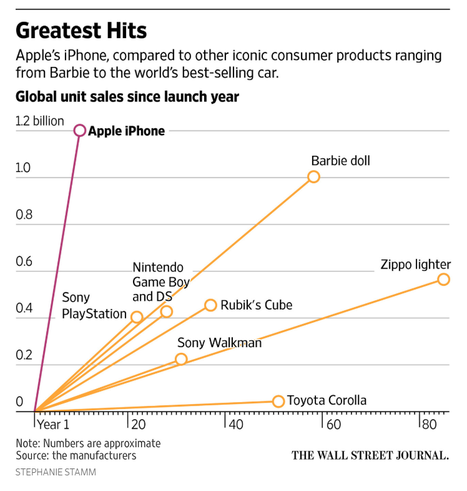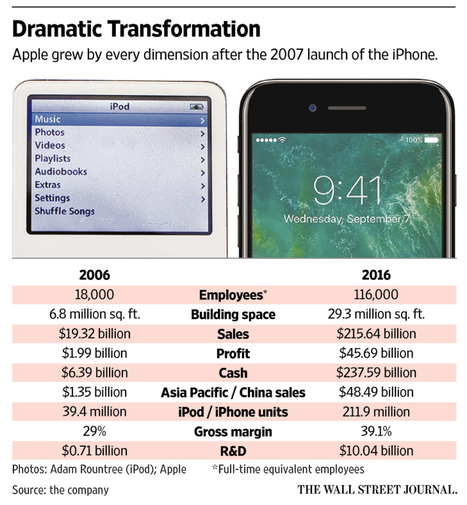(p. C6) It is an old, old story. A wealthy man comes to town, promising change and a brighter future. He’s the expert. He knows best. Inevitably, it doesn’t exactly work out that way.
Stephanie Hanes, an American correspondent for the Christian Science Monitor, spent three years watching one particular version of that fairy tale unfold in central Mozambique.
The wealthy man was Greg Carr. An Idahoan, Mr. Carr had made millions first by selling voice-mail systems and then by running Prodigy, an early internet service provider. At age 40, he turned to philanthropy . . .
. . .
In “White Man’s Game,” Ms. Hanes outlines, in a nonpolemical way, the long history of Western involvement in Africa’s wilderness.
. . .
Turning to the present day, Ms. Hanes takes World Wildlife Fund, Nature Conservancy and other Western groups–known as Big Green–to task for their conservation colonialism.
. . .
She . . . points out that they are a bit cynical. “The conservation industry mirrors the humanitarian assistance industry,” she writes, “with alarmist pledge drives, heart-stirring photos and admonitions to ‘act now!’–all to be repeated for the next grant cycle.”
. . .
It is clear from Ms. Hanes’s account that a complex interplay of social, political and economic matters affected Gorongosa, not just one man’s ambition. The imported elephants inevitably roamed outside the park and into nearby towns, damaging crops and perhaps killing a villager. Mr. Carr’s tree planting, a laudable goal on the surface, was seen negatively by the people there because, culturally, tree planting was a way of marking one’s territory. When visiting a prominent local leader, Mr. Carr arrived in a red helicopter, oblivious to the fact that, in Gorongosi culture, red is the color of violence. For locals, Mr. Carr was the latest in a long line of outsiders invading their land. He destabilized rather than restored.
In the West, Mr. Carr’s work catalyzed praise: a glossy piece on Gorongosa in National Geographic by the noted biologist E.O. Wilson, a profile in the New Yorker. But the reality on the ground was different. Few tourists came to Gorongosa, and a flare-up of civil-war tensions led to violence. Overall the 150,000 Mozambicans who lived in the district, according to Ms. Hanes, saw little measurable improvement in their lives. Park staff even tortured suspected poachers.
In the most powerful scene in the book Ms. Hanes observes Mr. Carr and his associates staring at a map of Mozambique and contemplating expanding the park borders to incorporate a vast swath of land so that animals could migrate again. They wanted to rewild central Mozambique. It was just another example of the “generations of white man standing around maps,” observes Ms. Hanes. They never mentioned the millions of people who lived in those lands.
For the full review, see:
James Zug. “The Do-Gooders’ Playground.” The Wall Street Journal (Saturday, Aug. 5, 2017): C6.
(Note: ellipses added.)
(Note: the online version of the review has the date Aug. 4, 2017.)
The book under review, is:
Hanes, Stephanie. White Man’s Game: Saving Animals, Rebuilding Eden, and Other Myths of Conservation in Africa. New York: Metropolitan Books, 2017.



